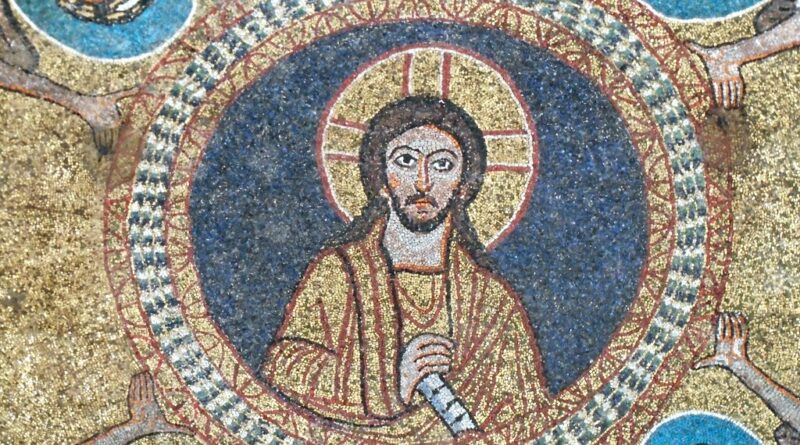Digital Avatar of Jesus ‘A Step Too Far,’ UD Chaplain Says
Gracelin O’Malley and Michael Oliss | Contributing Writers
A digital avatar of Jesus, set up in the confessional booth of a Swiss chapel as an experiment to build a better understanding of technology in relation to religion and human existence, “is a step too far,” the University of Dayton’s chaplain said.
“I could see using ChatGPT to ask for a homily about a certain subject, but this is a step too far,” Fr. Bob Jones, a UD alum and the University chaplain, told Flyer News referring to the use of AI in confessions.
“When we take the human element out of a confession, we’ve gone too far.”
“I am very uncomfortable with this,” Fr. Bob said. “It’s a very tender moment when someone comes to me and confesses. That moment of vulnerability is too sacred to rely on a set of electrons and circuits.”
The chaplain believes AI could never do the same job a human could in a spiritual sense.
He believes artificial intelligence may have a purpose in human spirituality, but only as a tool.
Replacing a traditional priest in a confession is not only problematic, but removes the human connection and tenderness that a living person can give another.
Fr. Bob, despite having not used ChatGPT in the past, says he could see himself using AI sometime in the future for tedious work; but he strongly rejects the idea of artificial intelligence replacing a human being in a religious tradition.
For clarification, the AI cannot receive confession.
“The sacrament of reconciliation requires a personal encounter between the penitent and the priest acting as a minister of the Church,” said Bro. James Fitz, vice president for Mission and Rector, at the University of Dayton.
St. Peter’s Chapel in Switzerland was host to a two-month experiment in August 2024 featuring an AI generation of Jesus, where participating visitors could enter a confessional booth, ask faith-based questions and receive answers inspired by the Scriptures.
Titled “Deus in Machina,” the experiment was created by Marco Schmid and a team at the Lucerne University of Applied Sciences and Arts.
The avatar’s face was a conventional one, with long brown hair and a beard to match. He was situated on a computer behind a lattice screen where a priest would regularly hear confessions.
The innovative project involved an AI capable of understanding 100 languages, making it accessible to a diverse group of participants. Over the course of the study, the AI recorded approximately 900 conversations with visitors, many of whom returned multiple times to engage in further discussions. Questions ranged from topics including afterlife, existence of God, love, loneliness, homosexuality, sexual abuse and suffering.
The goal of the experiment is not to replace human interaction but to foster a better understanding of technology in relation to religion and human existence. Phillip Haslbauer, an IT specialist, told the Associated Press that the project uses GPT-40 by Open AI responses, as well as Whisper for speech comprehension of the “asker.”
According to Haslbauer, the video and voice of Jesus were created by an AI program called Heygen.
“The Swiss art project is the latest in a series of attempts— including an embrace of the technology at the Vatican itself,” reported Jonah McKeown of Catholic News Agency.
Schmid told NBC News that participants were engaging in a serious manner with the AI, some asking questions they may be hesitant to ask a human.
This brings up the question: “Will it take hold?”
While said project exists, it must be noted that it does not have the stated intention of being a confession, or to replace a priest. This is also not the first AI to provide responses based on scripture. In the U.S., there is the Magisterium AI.
“The “AI Jesus” project exists, but it’s not intended to hear people’s confessions, or to replace a priest. Rather, it’s an art exhibit created by researchers at a local technical university in concert with theologians who say they want to raise questions about the use of technology in religious settings and to demonstrate the ability of AI to answer questions about the Bible,” McKeown reported.
“In this story, Google Assistant was used to help find beginning sources for information and to check facts. O’Malley, who used the AI tool, said it allowed her to find more than one source stating facts as some were misleading about the AI taking confession.”
NOTE: O’Malley and Oliss are students in the Flyer News Practicum, which is offered through the Department of Communication to give students experience in the media arts. Practicum students are assigned stories for the purpose of producing publishable stories, photographs, graphics and more for FlyerNews.com, the student-run website.

